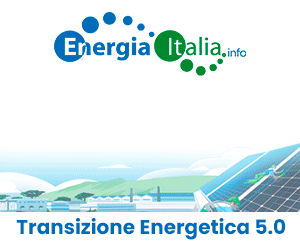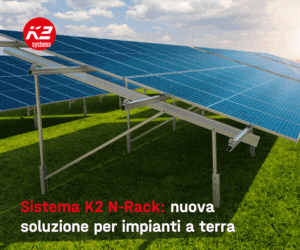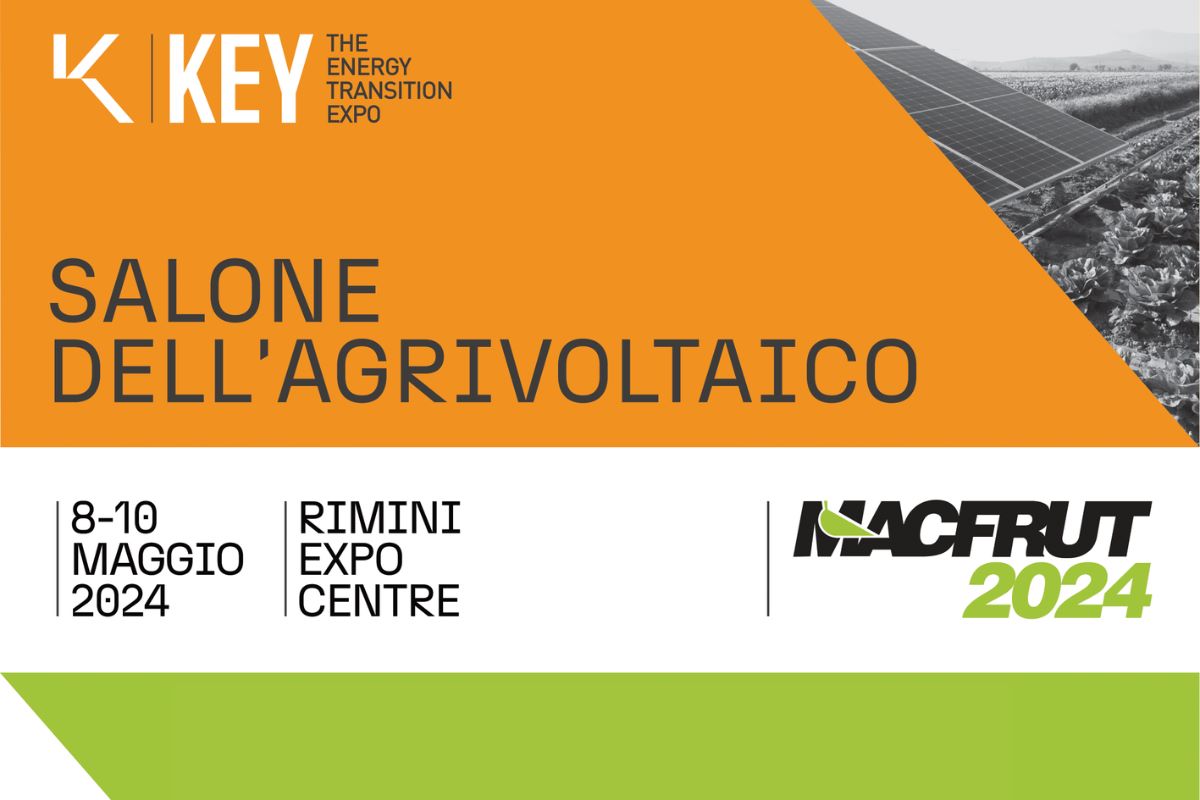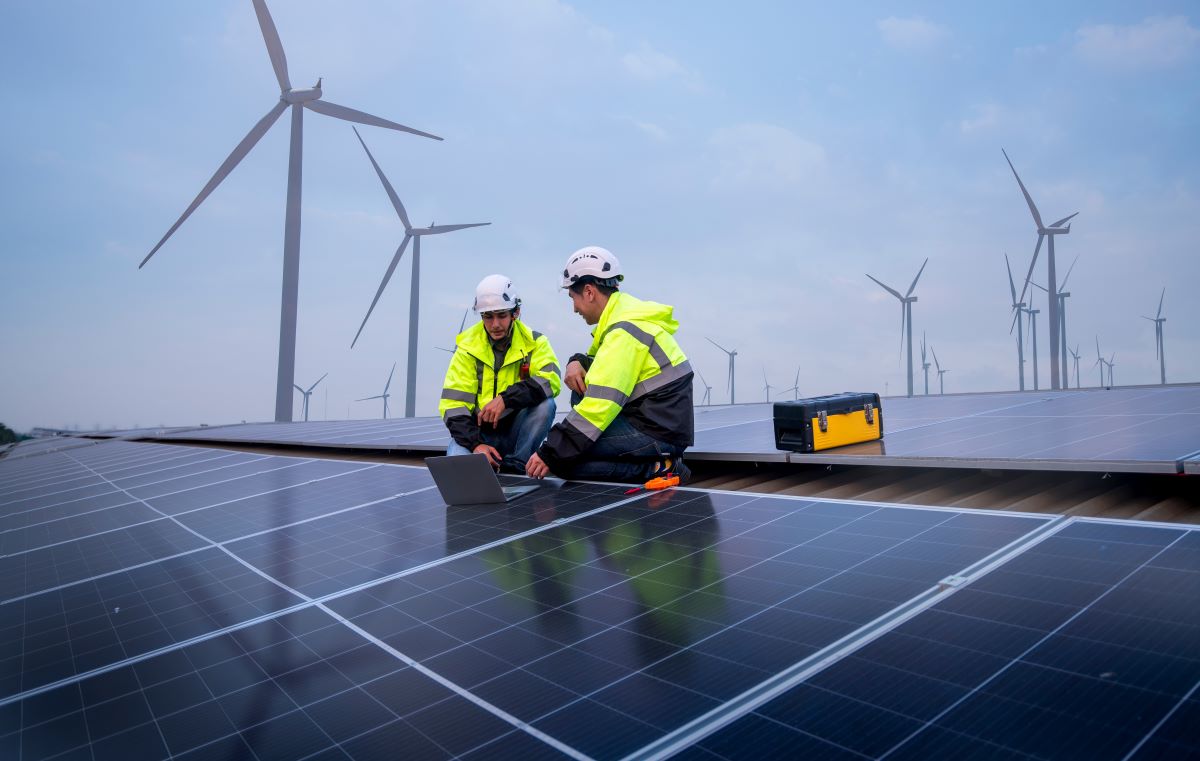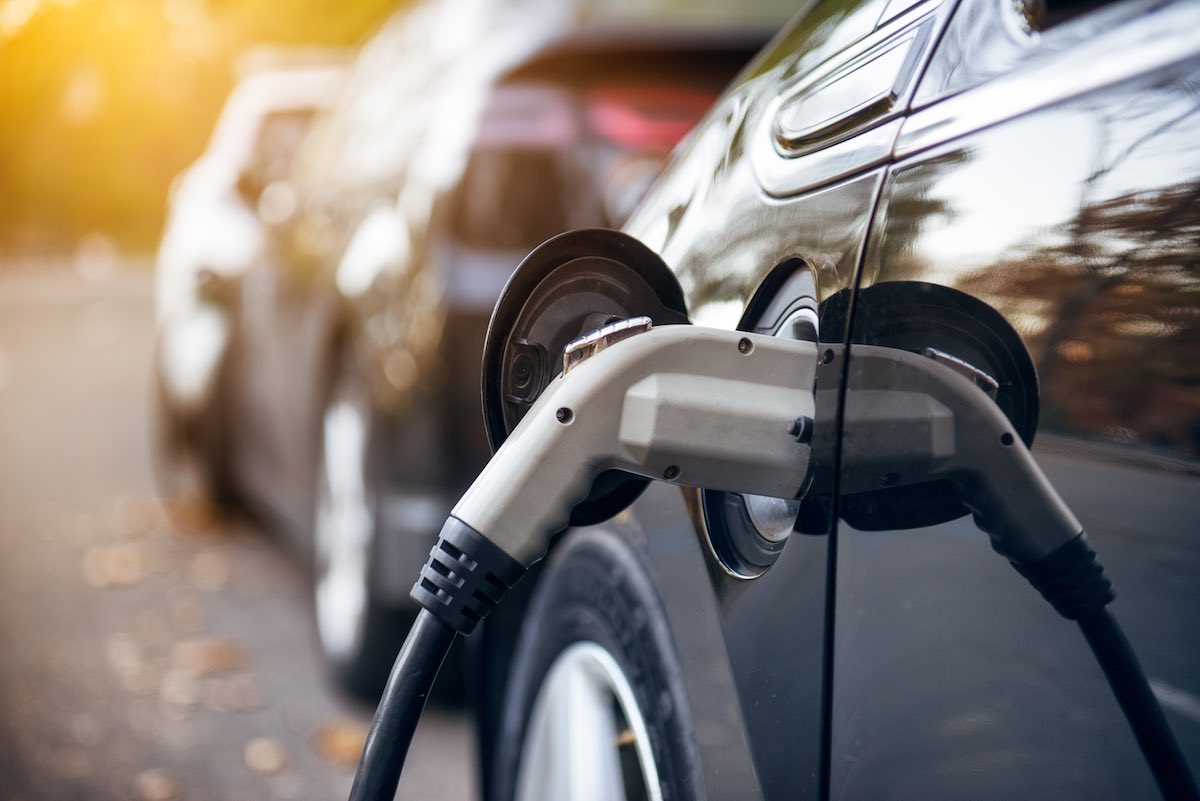With at least 38.4 GW of newly-installed solar photovoltaic capacity worldwide and a global cumulative installed capacity of 138.9 GW, 2013 was another historic year for solar PV technology.
For the first time in more than a decade, the European PV market was no longer the top regional PV market in the world. Asia surpassed Europe in a dramatic way, representing around 56% of the world PV market in 2013. China was the top market in 2013 with 11.8 GW of which 500 MW represent off-grid systems. Statistics released in May 2014 report that the country may have installed an additional 1.1 GW on top of the 11.8 GW estimated by EPIA. Since it is unsure whether these installations were connected to the grid EPIA did not take them into account. China was followed by Japan with 6.9 GW. This Asian progress occurred in parallel with the relative decline in Europe already observed in 2012. Vigorous growth in non-European markets kept global PV development on an upward trajectory and largely compensated for the European slowdown. At least 38.4 GW of PV systems were installed globally in 2013, up from 30 GW in 2012. Germany was the top European market with 3.3 GW. Several other European markets exceeded the one GW mark: the UK (1.5 GW), Italy (1.4 GW), Romania (1.1 GW) and Greece (1.04 GW). According to EPIA analysis, several European markets that performed well in the past went down in 2013, a consequence of political decisions to reduce PV incentives, Belgian installations went from 600 megawatts (MW) to 215 MW, French went from 1,115 MW to 613 MW, and Danish went down from 300 to around 200 MW. Aside from the significant decline in Germany and Italy, the size of the remaining European PV market was stable, with around 6 GW per year in the last three years. Outside Europe, several markets continued to grow at a reasonable pace: India with 1,115 MW, Korea with 442 MW, Thailand with 317 MW, Canada with 444 MW and many others.
After having scored the top position in the EU in terms of newly-added capacity in 2011 and 2012, PV was in second place in 2013 ranking, after wind. With more than 21 GW connected to the grid for PV and wind, these two renewable electricity sources together beat gas and all other sources of electricity. So, after hydro and wind power, PV remains the third most important renewable energy source in terms of globally installed capacity. Almost 11 GW of PV capacity were connected to the grid in Europe in 2013, compared to 17.7 GW in 2012 and more than 22.4 GW in 2011.
Moreover, solar photovoltaic technology has proven in recent years that, with the appropriate regulatory framework in place, it can be a major contributor to reaching the EU’s target of 20% renewable energy sources (RES) by 2020. Technology improvements and economies of scale have spurred steady cost reduction, which will continue in coming years as the PV industry progresses toward competitiveness with conventional energy sources.
But already today, PV electricity is cheaper than many people think. In the coming years the technology will become even more cost-effective and competitive — and qualify therefore as a vital part of Europe’s energy future. A certain level of competitiveness with grid electricity is being achieved in some market segments in some country and, provided the right policy and market conditions, it will spread across the continent in the different market segments by 2020.
EPIA scenarios (see the picture below – cumulative capacity forecast compared to EPIA’s new 2030 scenarios) show that PV penetration in Europe in 2030 could be between 10% and 15% of electricity demand. However, with current market trends it is quite unlikely that the 8% scenario – which would have corresponded to a 15% share in 2030 – will be fully reached by 2020. Building on these trends, and without major changes of policy, a share between 7% and 11% of PV in European electricity demand appears realistic.
EPIA foresees the global PV market to remain between 35 and 39 GW annually in the five coming years. The combination of declining European markets and the difficulty of establishing durable new markets in emerging countries could cause this market stagnation. The highest probability scenario assumes a low market in Europe and a growing market in most emerging regions.



.jpg)










